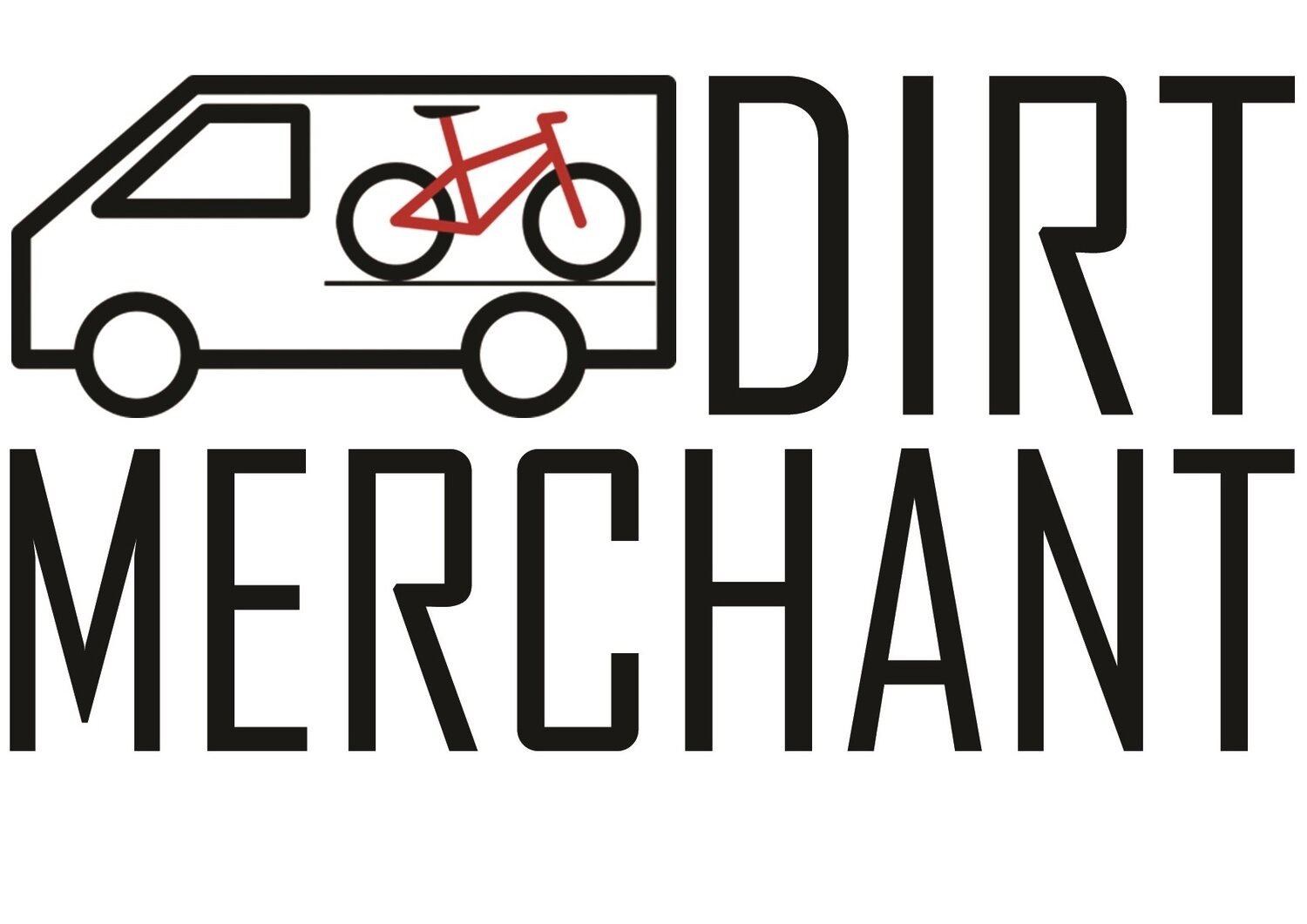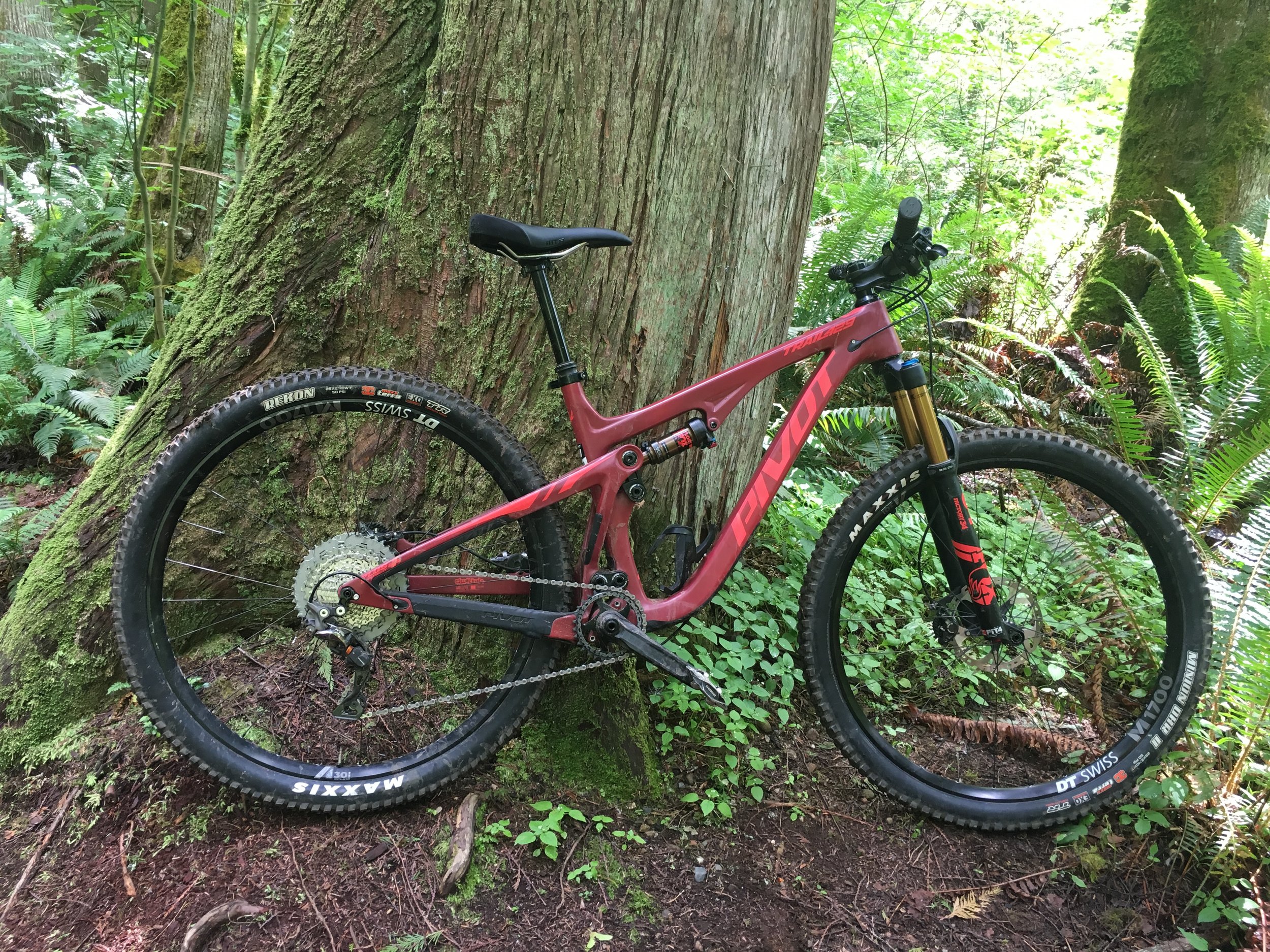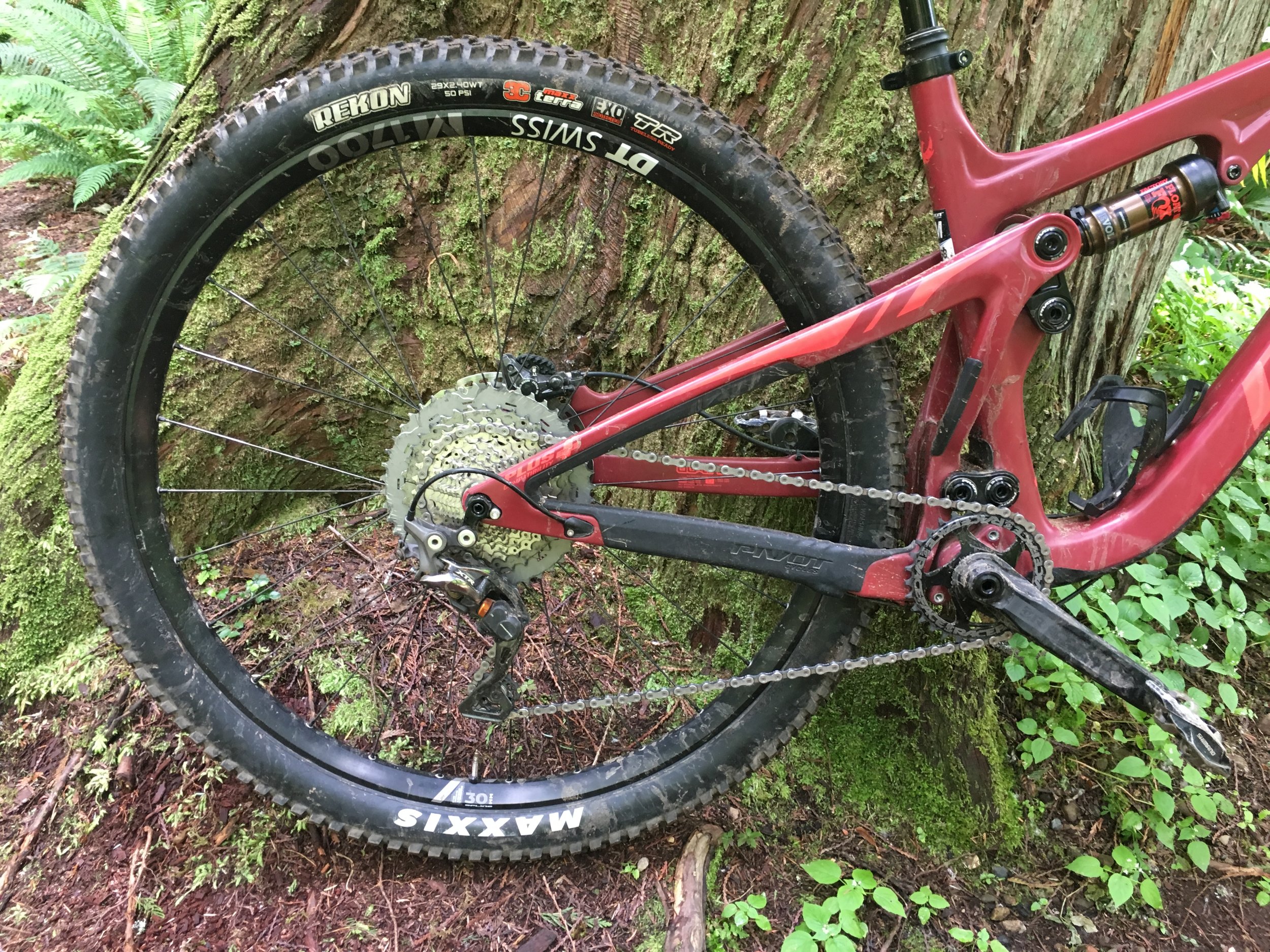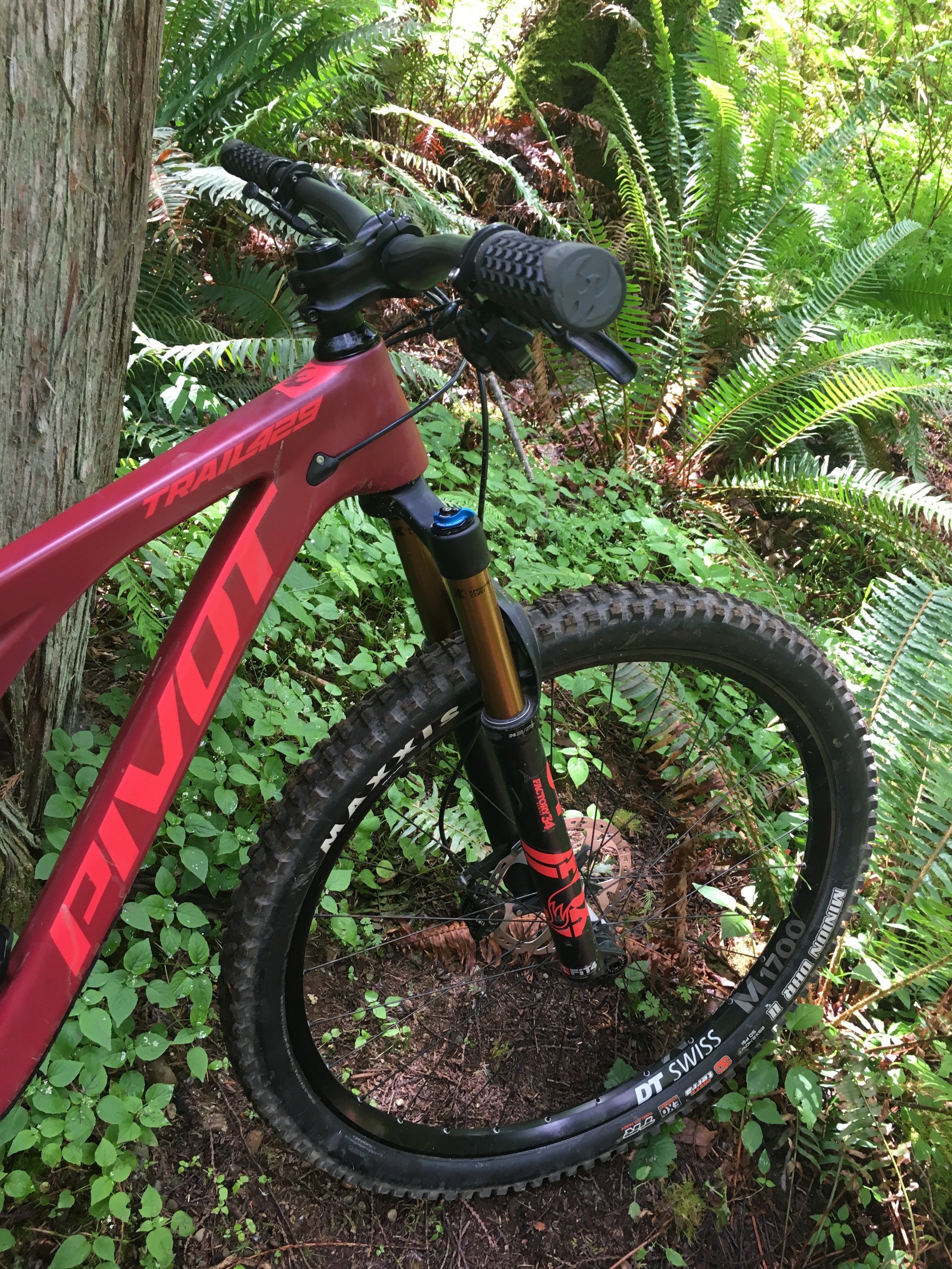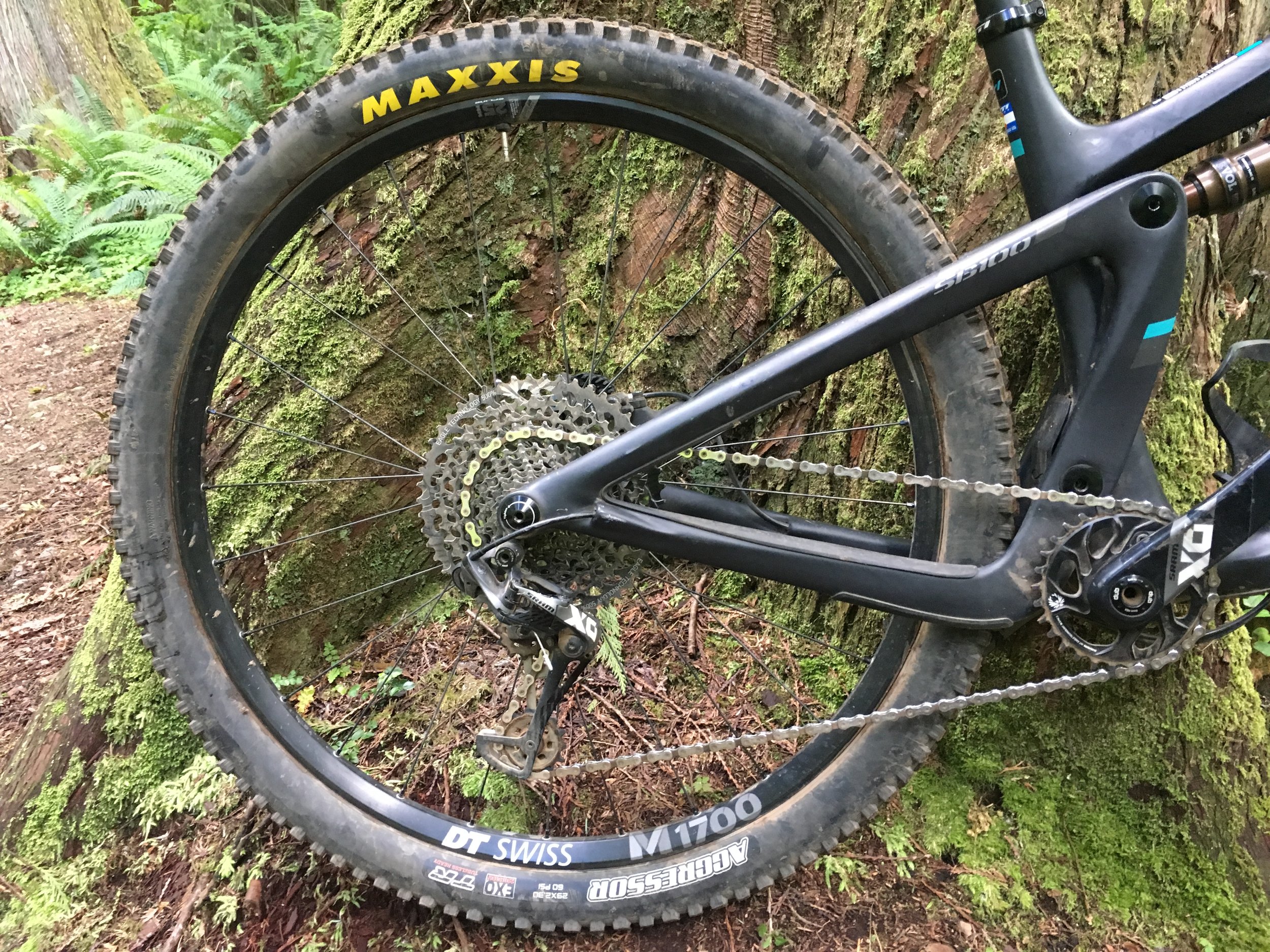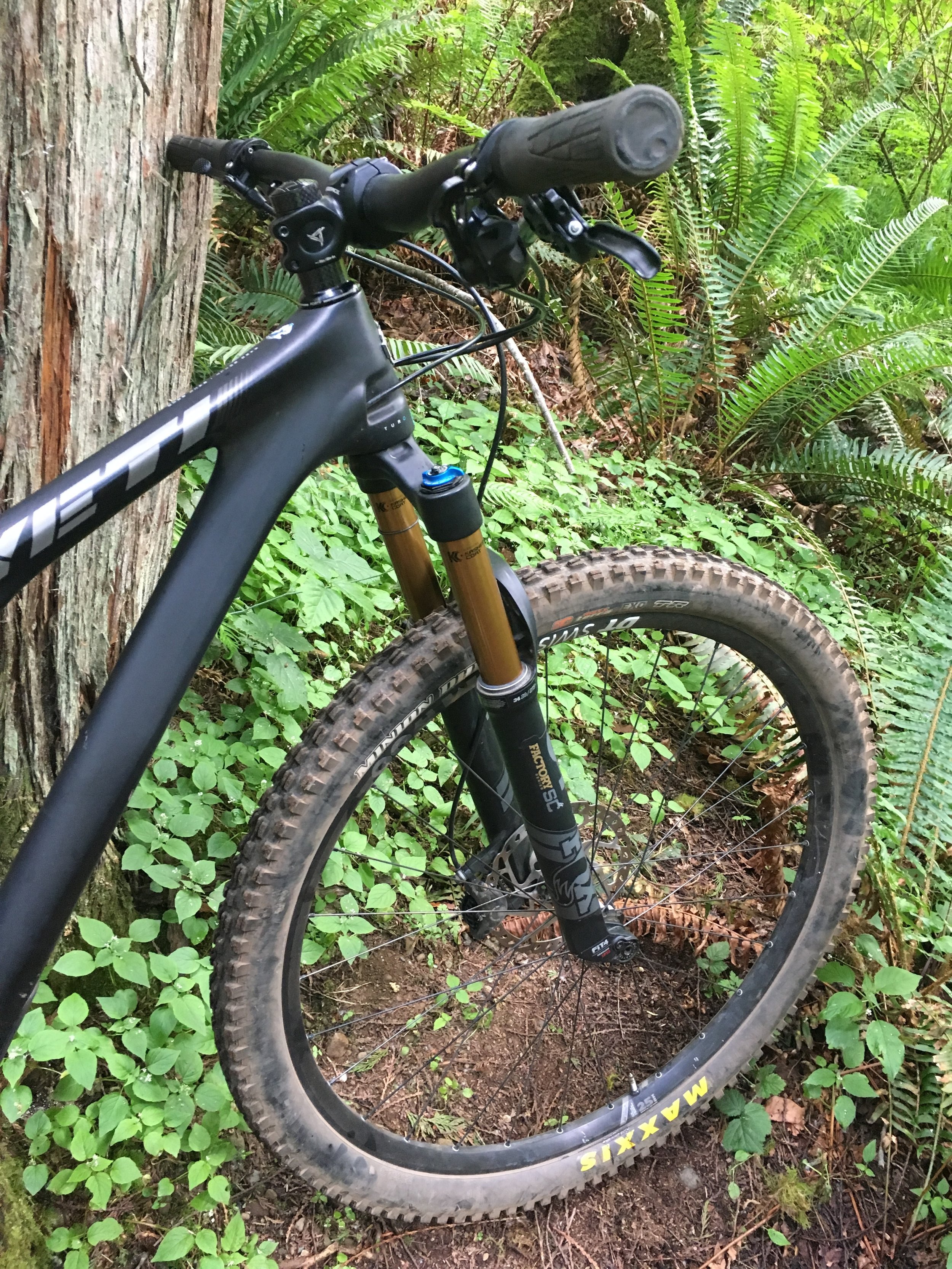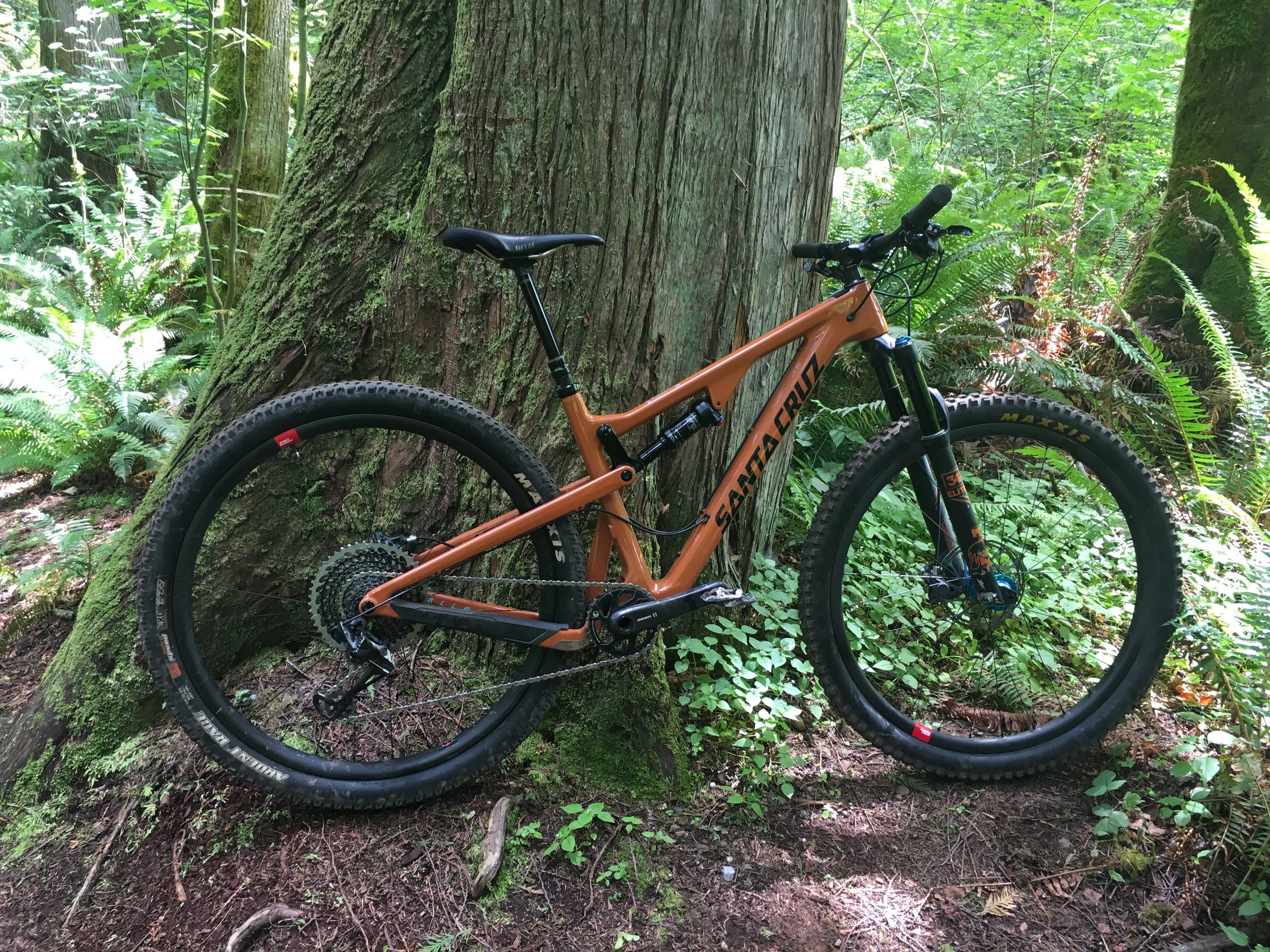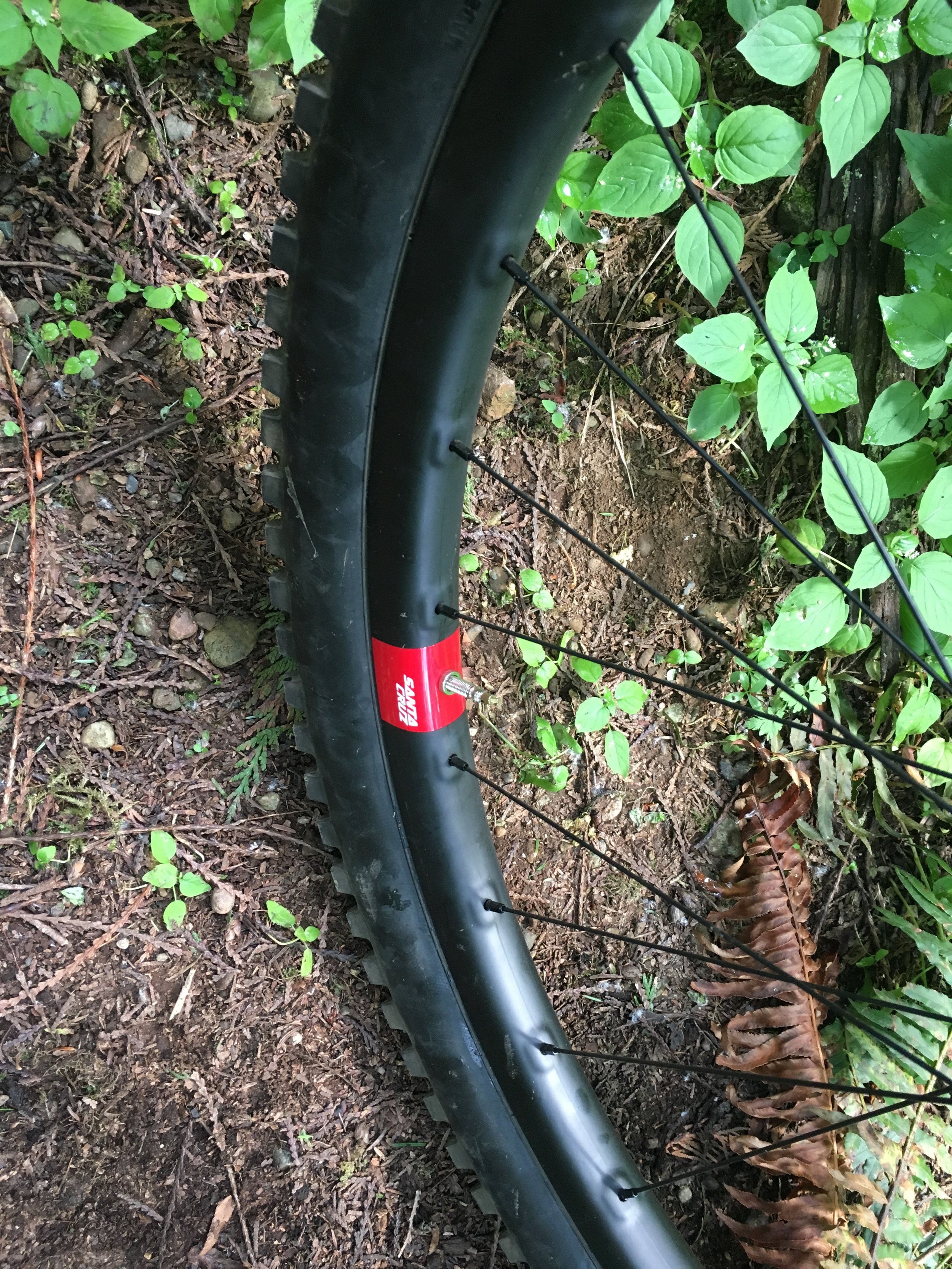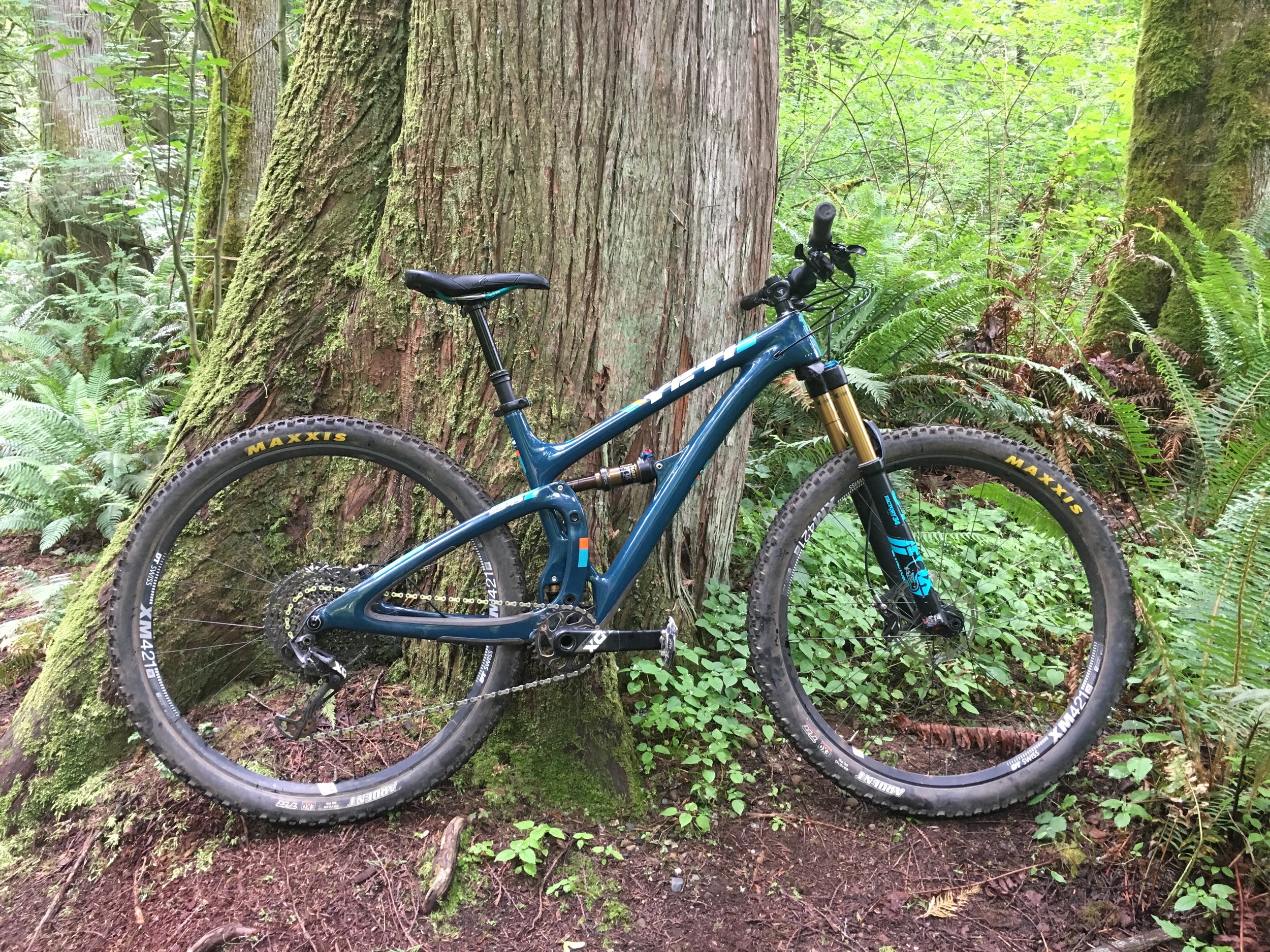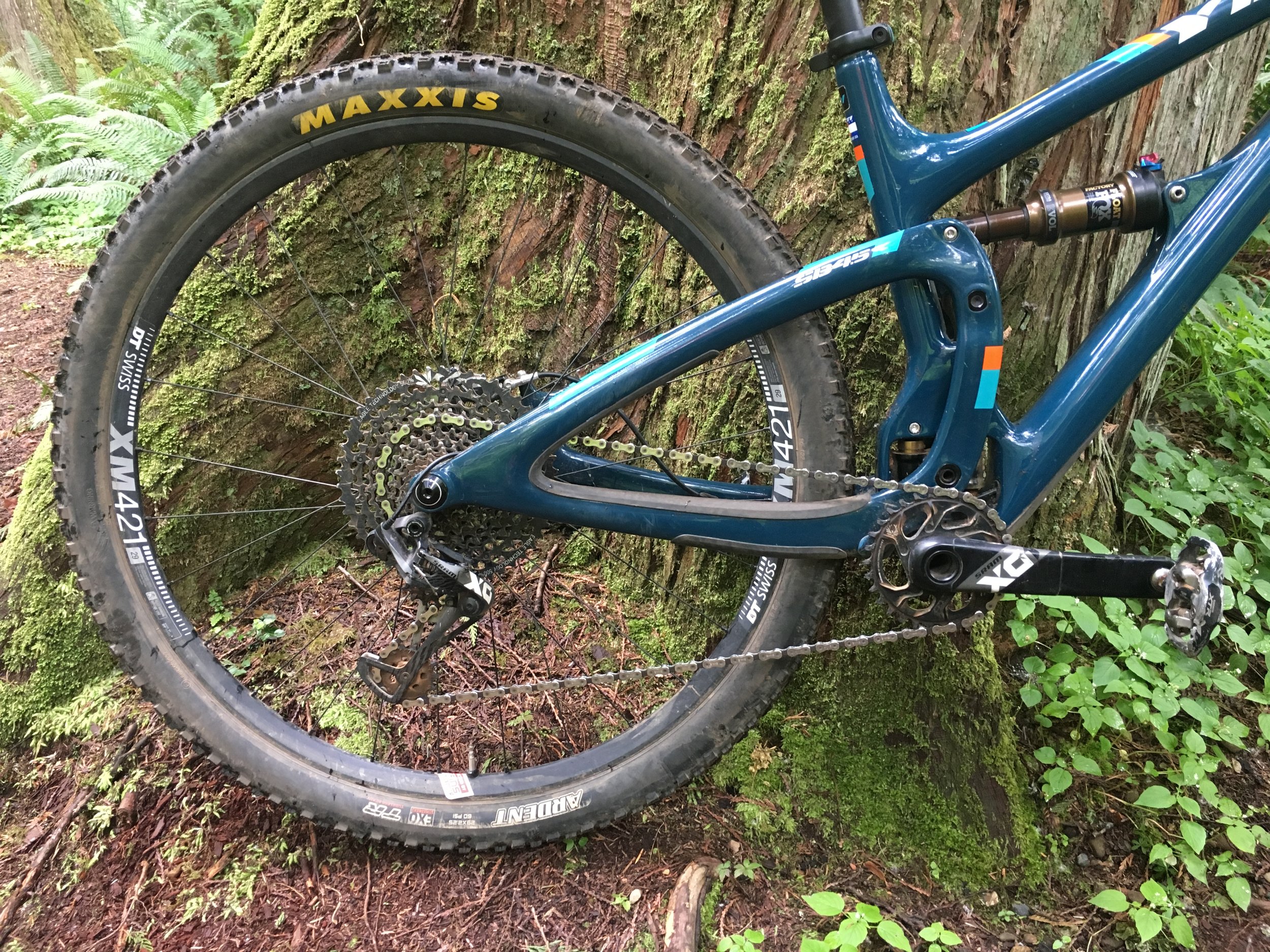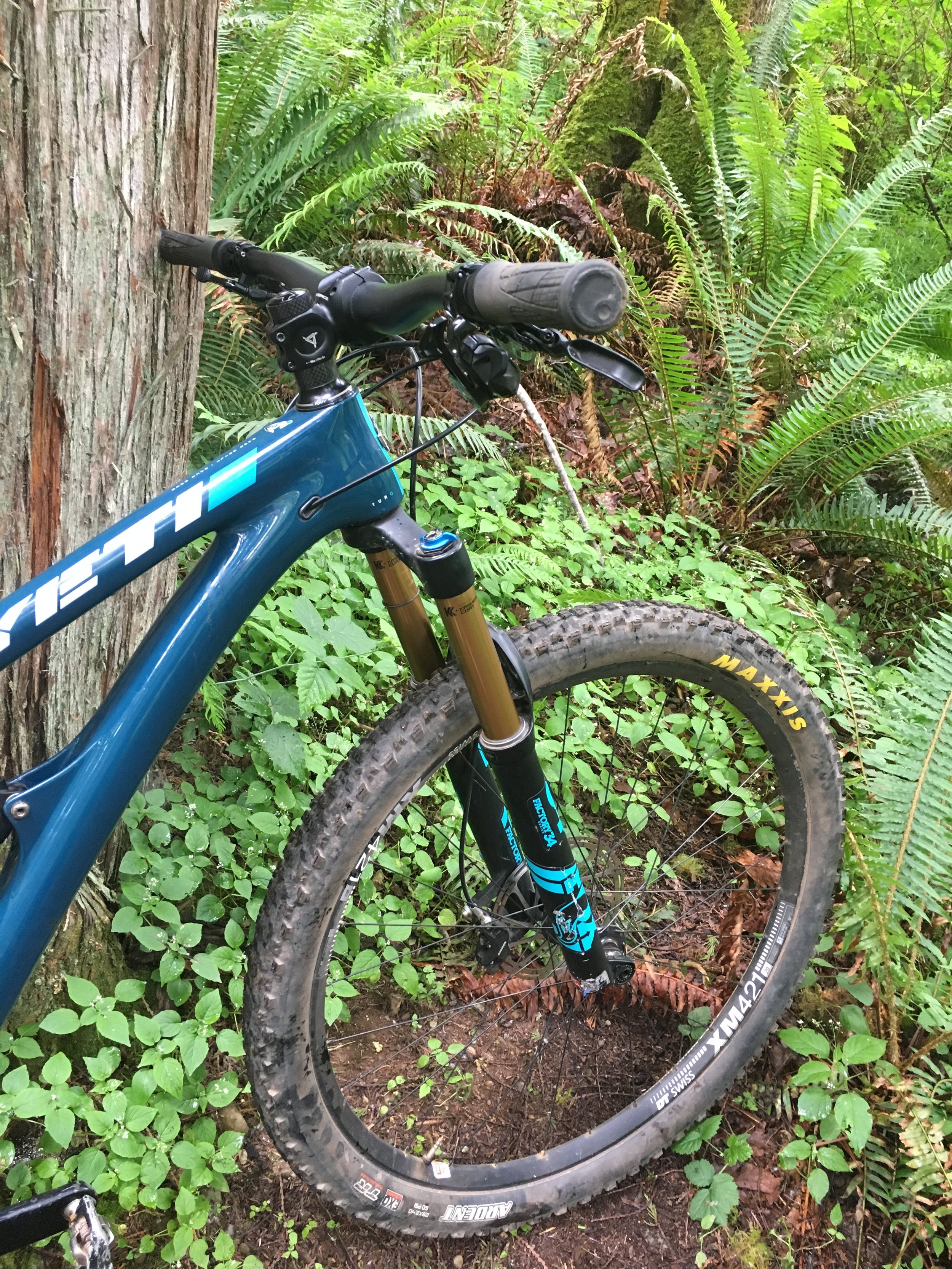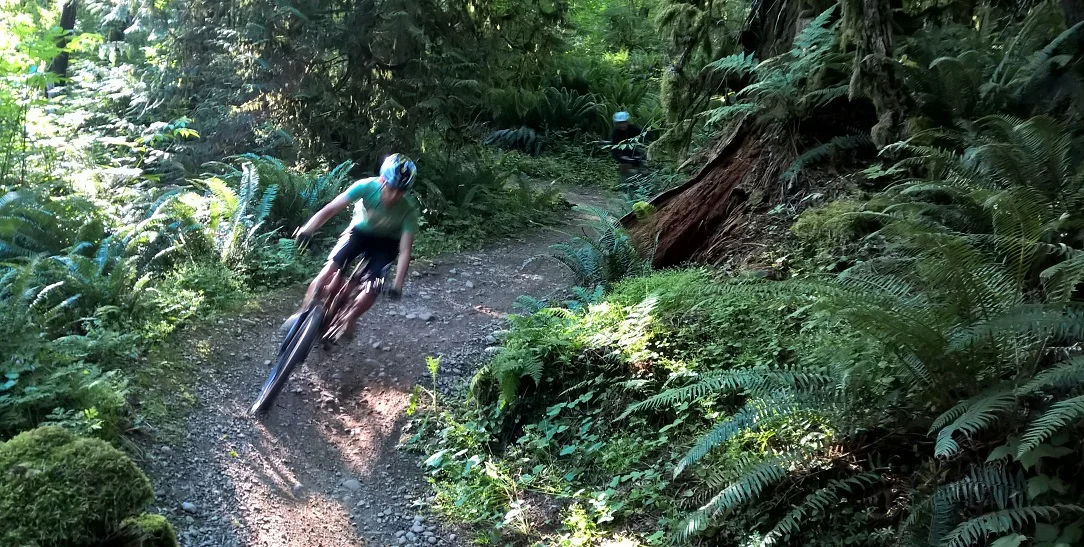For a long time, I wasn’t a fan of 29ers for trail riding. Yeah, I know how in theory the 29” wheel size is better than 27.5” or 26” wheel sizes. 29ers climb great. 29ers roll over obstacles well. For everyday riding though, those advantages didn’t necessarily outweigh the disadvantages of older 29er geometry being slow to turn and needing a lot of steering input to change direction. That has changed with newer 29er geometry. I’ve just ridden some of the new generation of 29ers and there are several that I would be happy to ride everyday.
Bikes Tested:
Santa Cruz Tallboy: The Santa Cruz Tallboy has been one of the leaders in 29er trail bike design.
Pivot Trail 429: I was highly impressed by the Pivot Mach 429 Trail in a test ride several years back and was curious to see what Pivot has done with their new Trail 429.
Yeti SB 4.5: I had just ridden the Yeti SB 5.5 a month earlier and was interested to see if the Yeti SB 4.5 would keep the confident handling of the SB 5.5 while adding more climbing ability.
Note: As of September 2018, Yeti has discontinued the SB 4.5 and introduced the SB 130 with 130mm (5 inches) of rear travel paired with a 150mm travel fork.
Yeti SB100: After riding the SB100, I realized that bike also fit in well with the capabilities of these other mid-travel 29er bikes.
Testing Methodology:
Location: Testing was done on the Grand Ridge Trail in Issaquah, WA going southbound after the boardwalk. Grade on the two inclines ranges from 6-16 percent. The trail is composed of flowy singletrack with a several 180 degree turns that can be taken at speed (not quite switchbacks) and some fast sweeping turns. None of the turns are super-tight as you might find on trails in New England or the Mid-Atlantic, but are some turns are just tight enough that slower handling bikes need more attention to steer through turns.
Subjective Ratings: I rated different aspects of ride and handling on a subjective 1-5 scale with 5 being the best score, 3 being an average score and 1 being far below expectations.
• 5 stars - Absolutely outstanding
• 4 stars
• 3 stars - Solid performance, meets expectations
• 2 stars
• 1 star - Misses expectations by a wide margin
Climbing
Yeti SB 4.5: 4 stars
I’ve found Yeti’s SB bikes to be decent climbers and the SB 4.5 was no exception. The SB 4.5 gets the job done on climbs, but didn’t have the snappy climbing feel of the Pivot 429 and SB100. I was hoping the SB 4.5 might be a sharper climbing bike than the SB 5.5, but that wasn’t the case. It felt very much like the SB 5.5 on climbs. I do see that Yeti has replaced the SB 4.5 & SB 5.5 with the SB 130 and SB 150.
Santa Cruz Tallboy: 4 stars
The Tallboy climbed decently well, but not as efficient feeling as the dw-link Trail 429 or the SB100. It wasn’t noticeably slow, but lacked that snappy feeling that the other two bikes had
Pivot Trail 429: 4.5 stars
The Trail 429’s dw-link suspension felt firm and efficient at the pedals. The Pivot only fell short of the SB100 in climbing ability due to the SB100 being a lighter, smaller feeling bike.
Yeti SB100: 5 stars
The SB100 was an awesome climbing bike. I’ve been used to Yeti’s SB bikes starting from the SB66 being decent on climbs, but not outstanding. The SB100 feels truly fast on climbs. Power is converted immediately to forward momentum. This bike just wants to go.
Cornering
Yeti SB 4.5: 2 stars
While I really loved the SB 5.5, I didn’t love the handling balance of the SB 4.5. From my ride, it feels like the SB 4.5 has the rear geometry of the SB 5.5 with steeper head tube angle. From the geometry specs, I see that is indeed the case with both bikes having a 437 mm chainstay length and a 66.5 degree head tube angle for the SB 5.5 and a 67.4 degree head tube angle for the SB 4.5. While the handling of the SB 5.5 feels well balanced front and rear, the SB 4.5 feels fast steering in front but not so much in back. While riding, the rear felt like it was continually a tick or two behind the front in coming around. The handling of the SB 5.5 felt better integrated with front and rear wheels predictably coming around at the same speed in turns.
Santa Cruz Tallboy: 4 stars
The Tallboy was predictable and stable in its handling, but felt a bit dull until it was moving faster. I wouldn’t say there was anything wrong with how it handled but the Trail 429 and SB100 both felt more engaging to ride.
Yeti SB100: 5 stars
The SB100 felt sharp and decisive in its cornering feel. Though not feeling quite as solid as the Trail 429 in corners, the SB100 did surprise me in how capable it felt. Given its short travel, I figured it would be fast turning which it is. I had not expected it to feel as solid in corners as it did. Yeti really dialed in the steering feel on the SB100
Pivot Trail 429: 5 stars
The Trail 429’s handling just felt right at all speeds. It felt nimble and quick at low speeds and was stable at higher speeds. The Trail 429 had the enviable combination of quick and intuitive feeling turn-in without ever feeling unpredictable.
Descending - 5 stars
Yeti SB 4.5: 3 stars
I never felt fully in touch with the handling of the SB 4.5 especially as I started moving faster downhill. It worked fine but just didn’t feel great going downhill. As mentioned above, the front end turned in sharply, but the rear was noticeably slower in following the front wheel. This required more attention to what the SB 4.5 was doing or going to do on descents. I found the other bikes tested to be both more solid in their descending characteristics while being equally or more responsive in their handling feel.
Yeti SB100: 4.5 stars
The SB100 was surprisingly stable given that it was the quickest steering bike of the group. Before I rode the SB100, I had not expected that it would hold its own with these mid-travel 29ers. Only at higher speeds did it start feeling less stable than the other bikes tested. I found the SB100 to be highly capable despite how light and quick it felt.
Santa Cruz Tallboy: 5 stars
Though the Tallboy had steering that felt a bit sluggish at lower speeds, it came to life and felt responsive when speeds increased. It was unclear to me whether the Tallboy might be even more stable than the Trail 429 at even higher speeds. That might be the upside of its less responsive handling at lower speeds.
Pivot Trail 429: 5 stars
The handling of the Trail 429 felt rock-solid and predictable at any speed. The stiffness of the front triangle was noticeable in well it held its line in corners. Turn-in was neither noticeably fast or slow, but felt completely intuitive. The Trail 429 was great to ride in that it consistently did what I wanted it to do and reacted as I would have expected in turns ranging from slow and tight to fast and sweeping.
Summary: Of these bikes, I would rule out the SB 4.5 first. It didn’t climb as well as the other bikes tested and the steering/handling didn’t feel intuitive to me. If you are considering a SB 4.5, I would definitely test ride the SB 5.5 which seems to climb as well as the SB 4.5 while providing handling that seems better balanced front and rear. The Tallboy is a solid pick, but it just wasn’t as engaging to ride as the other two bikes.
Between the SB100 and the Trail 429, both climbed exceptionally well and had great handling. I would choose the SB100 for riding on tighter trails or to do double duty as both a trail bike and a race bike. It has a lighter, more racy feel than the Trail 429. The SB100 might be the better choice for tighter singletrack as you might find in the New England and Mid-Atlantic regions of the US.
The Trail 429 feels stouter than the SB100 but has handling that is a touch slower than that of the SB100. The Trail 429 might be the better choice for long descents and big mountain riding in the Western part of the United States.
Subjective Ratings: I rated different aspects of ride and handling on a subjective 1-5 scale with 5 being the best score, 3 being an average score and 1 being far below expectations.
• 5 stars - Absolutely outstanding
• 4 stars
• 3 stars - Solid performance, meets expectations
• 2 stars
• 1 star - Misses expectations by a wide margin
